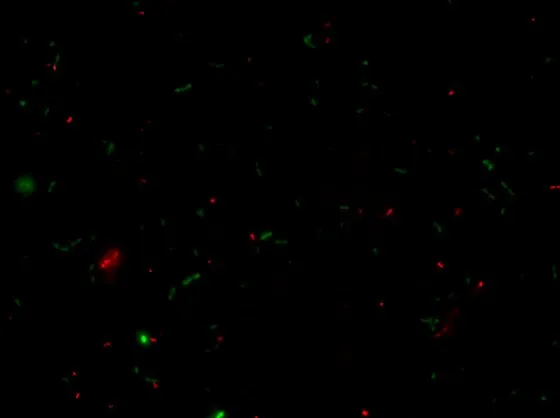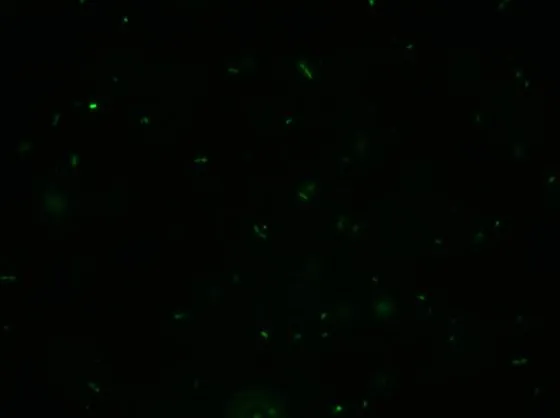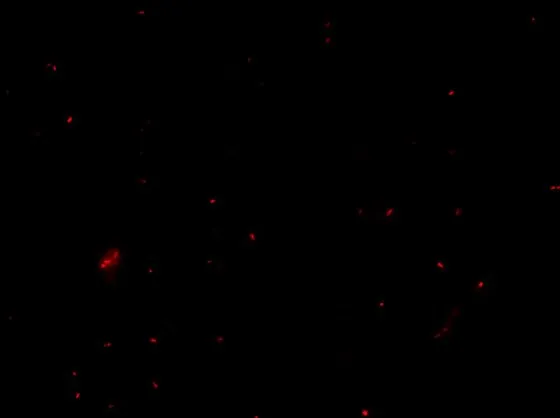The efficiency of a decontamination procedure by sonication for different dental instruments after experimental microbial and viral contamination was tested in the Department of Environmental Sciences at the University of Milan-Bicocca. The ultrasonic bath cleaner SONICA 2200EP Sweep System, an ultrasonic device developed and commercialised by Soltec, was used.
The control of the transmission of infectious agents in the practice of dentistry, as well as in practical medicine, has become a critical issue since different viruses (HIV, vCJD and HCV) were found to be transmitted by medical devices contaminated with human material in the early 1980s. It is then important and necessary to adopt a strict and appropriate protocol for the decontamination, cleaning and sterilisation of such instruments. Both the decontamination and cleaning process are mandatory when the patient has a case history of serious infectious diseases (AIDS, tuberculosis) since the lack of the cleaning process may compromise the final process of sterilisation or disinfection, depending on the nature and utilisation of the instruments.
In order to test the efficiency of SONICA 2200EP, some sets of dental instruments (dental pincers and tongs) were previously contaminated with a mixed bacteria culture (Enterococcus faecium, Staphylococcus sp., Pseudomonas aeruginosa, Mycobacterium sp., Escherichia coli) and some others with viruses (RNS-virus Polio1 or DNA-virus HHV-1) and were then submitted to three different cleaning/disinfection procedures.
It was shown that the sonication process alone can only partially reduce the microbial population while it it very effective to inactivate both RNA (Polio1) and DNA (HHV-1) containing viruses. However, if used in combination with a chemical decontamination, the sonication process is highly efficient: bacteria were completely inactive only after the use of the ultrasonic bath.
In conclusion, the efficiency of SONICA 2200EP has been proved by the fact that even when using only Phosphate Buffered Saline (PBS) in the ultrasonic bath, without any preliminary disinfection, viruses are inactivated and bacteria reduced (figure 1).

Fig. 1 Fluorescence microscopy showing both living (green) and dead (bacteria) after the sonication process using only Phosphate Buffered Saline.
Moreover, treatment with ultrasounds with or without the chemical disinfectant SONICA CL4% in the cleaning solution was equally efficient with viruses although requesting more time (over 30min) to completely inactivate bacteria. The combined procedure of a disinfectant and ultrasounds completely inactivates viruses and bacteria after 15 minutes of treatment. (figure 2 and 3) This method should therefore be be used by all dental practitioners during their clinical interventions on patients of unknown case history.

Fig. 2 Fluorescence microscopy showing living bacteria before the sonication process.

Fig. 3 Fluorescence microscopy showing dead bacteria after the sonication process using a disinfectant product.